It wasn't all that long ago that shopping malls dominated the retail scene and the local social scene in their communities. For kids in the 60s, 70s, 80s, and 90s, the mall was a destination to meet your friends, check out that person you have a crush on, and, of course, shop for the latest fashions. But that stopped rather abruptly and many people don't understand why.
It is easy to look at the timing of the failure of malls against the rise of Amazon and online shopping and draw a conclusion that that was what killed the suburban shopping mall. But that is far from the whole story. To get the full story about why malls have been on the decline for much of the past 15 years, we have to go back to the 1950s when the first mall sprouted up in Edina, Minnesota.
How and why did we go from malls as the center of pop culture, so much so that it became immortalized in movies, music and television to empty malls decaying in the center of their massive parking lots?
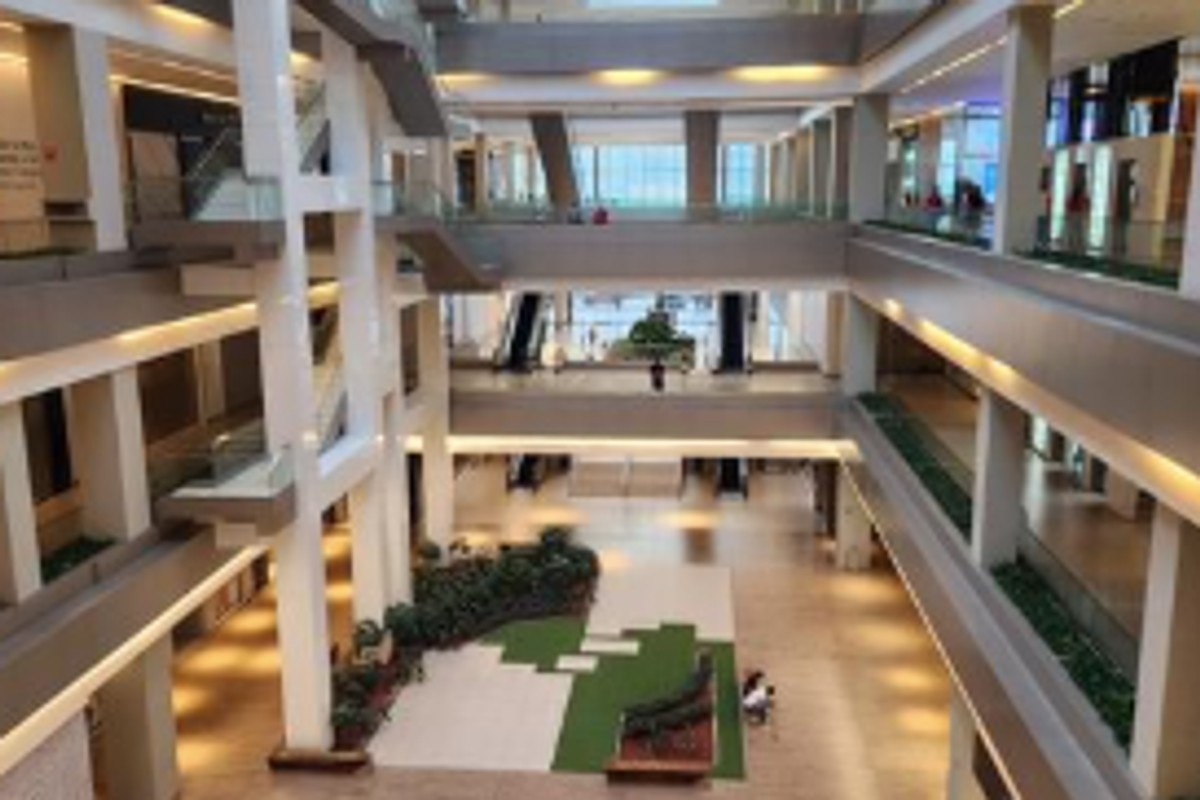
Malls were a lucrative investment
As of 1995, the U.S. had 41,235 operating shopping centers (including some 1,800 large regional malls) according to a Capital One Shopping Research Report. Today, there are roughly 900 and there are expected to be much less by 2028.
According to author Malcolm Gladwell, who examines the growth of the mall in his 2004 piece for The New Yorker, Congress accelerated the depreciation process for new construction in 1954, making brand new shopping centers more lucrative to invest in than stocks. Gladwell wrote, '"For tax purposes, in the early 50s the useful life of a building was held to be 40 years, so a developer could deduct one-fortieth of the value of his building from his income every year. A new forty-million-dollar mall, then, had an annual depreciation deduction of a million dollars."
The 1954 depreciation process meant developers were no longer limited to earning one million dollars each year. They could draw much larger sums by calling them depreciation losses, which were tax free money. This accelerated depreciation enabled owners to take huge deductions in the early years of a project’s life, which essentially transformed real-estate development into a lucrative tax shelter.
"Suddenly it was possible to make much more money investing in things like shopping centers than buying stocks," Gladwell wrote, adding, "so money poured into real-estate investment companies."
Developers went nuts building more and more malls to take advantage of that 1954 tax break. By the 1980s, Congress did away with the accelerated depreciation and went to a straight line depreciation, decreasing the amount of money owners could take from the property.
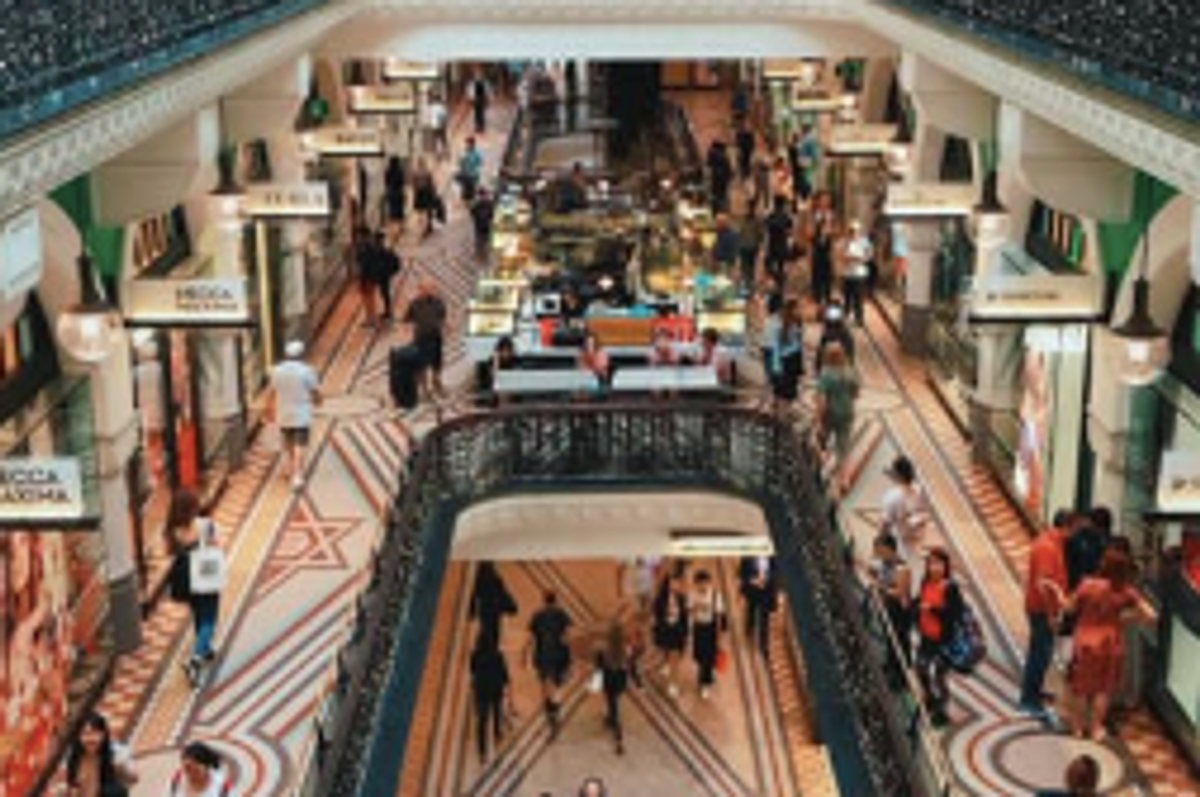
There was no reason to modernize or fix up old malls
The 1954 law gave mall owners no reason to modernize their malls as time went on as they could take that tax free money for 40 years. That meant malls were aging out of their usefulness, from their owner's perspective, starting in the mid-1990s and continuing until around 2015, which covers the majority of the decline of the urban shopping mall. Many owners sold the properties after they got their early years' profits out of it.
Suburbs were dotted with huge, monolithic (and not particularly aesthetically pleasing) malls that were the official hangout spots of countless teens across the U.S. Malls spawned the creation of brands, especially in their food courts: Panda Express, Cinnabon, Sbarro, Contempo Casuals, and Spencer Gifts. As malls fell into disrepair, those brands suffered as well.
The current national vacancy rate of malls sits at 8.9%, and its continuing to fall as retailers shutter their mall locations.
What was lost with the decline of malls
With the loss of malls, communities have lost jobs, a community meeting space, and a place for young people to gather socially. Sadly, those things have not been replaced. The loss of that third space for young people, the shopping, and the jobs deliver a big hit to the communities these malls in decline sit in.
Malls became popular just as the exodus from city centers to the suburbs was happening. At that one location, someone could get their hair done, buy groceries, visit the bank, see a movie, and dine out.
Today, mixed-use places that combine apartment units, fitness clubs, hotels, medical centers, office units, restaurants, and retail are trying to replace the mall, but they are often prohibitively expensive to live in.













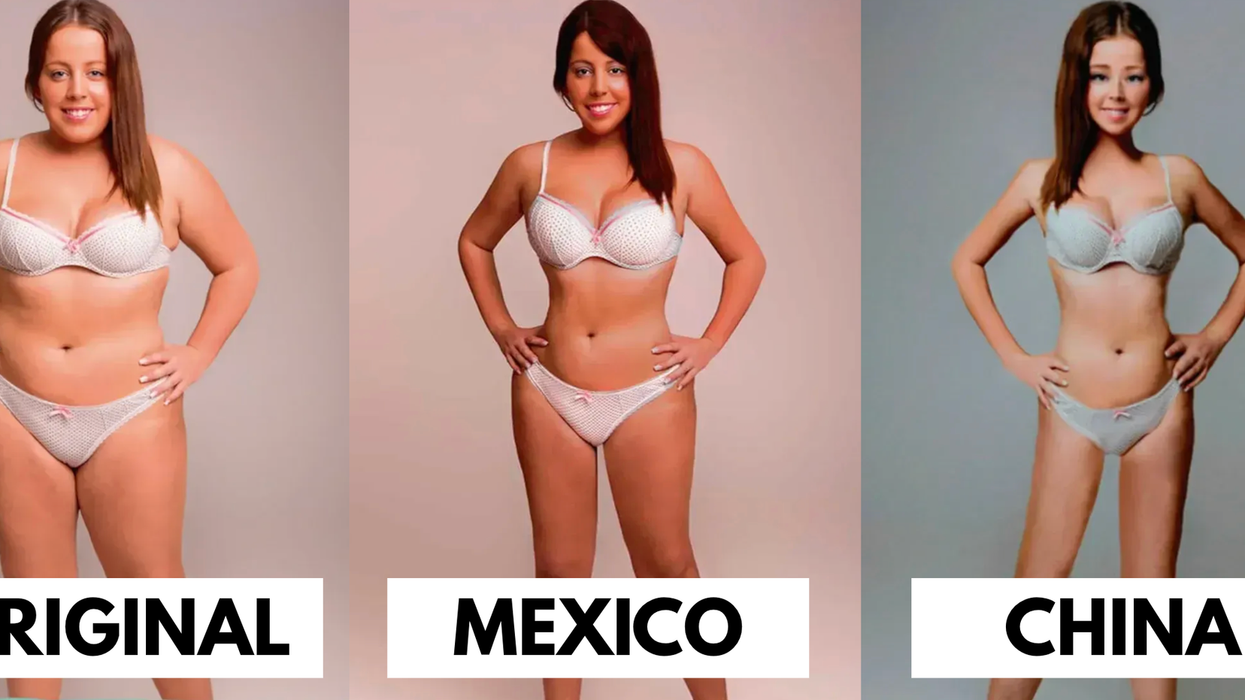




 Several people scratching off lotto ticketsCanva
Several people scratching off lotto ticketsCanva A woman fans out a bunch of cash
A woman fans out a bunch of cash
 Portrait of Fryderyk Chopin.Maria Wodzińska/
Portrait of Fryderyk Chopin.Maria Wodzińska/  A standing ovation.Photo credit
A standing ovation.Photo credit 
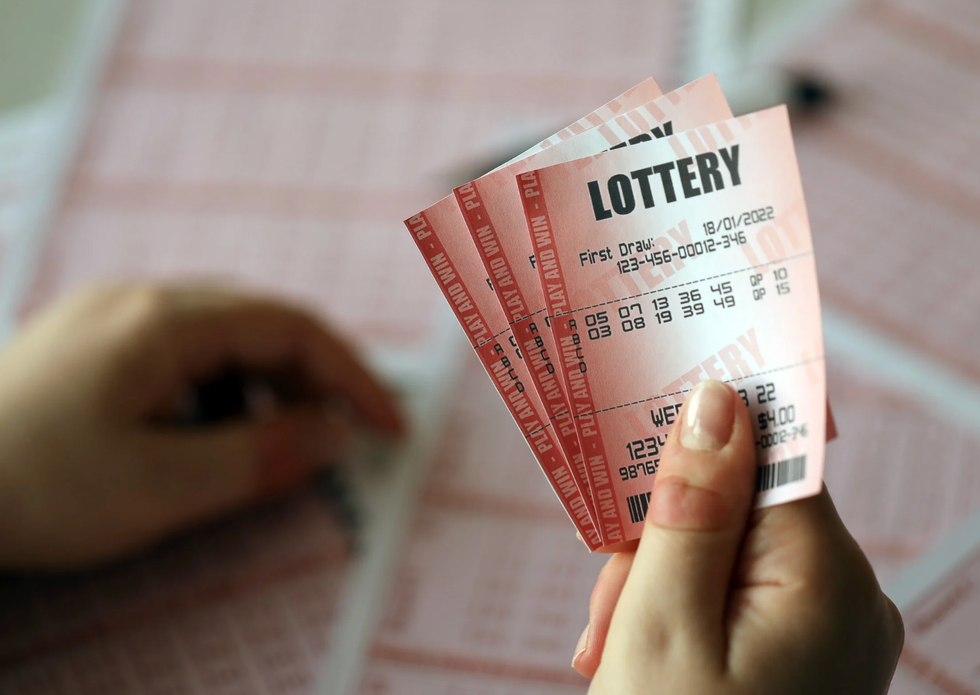 A hand holds multiple lottery ticketsCanva
A hand holds multiple lottery ticketsCanva Hundred dollar bills spread outCanva
Hundred dollar bills spread outCanva
 Some intense thinking.Photo credit:
Some intense thinking.Photo credit:  People support a distressed woman.Photo credit:
People support a distressed woman.Photo credit:  Smart guy with an idea.Photo credit:
Smart guy with an idea.Photo credit: 
 A subterranean waterfallCanva
A subterranean waterfallCanva
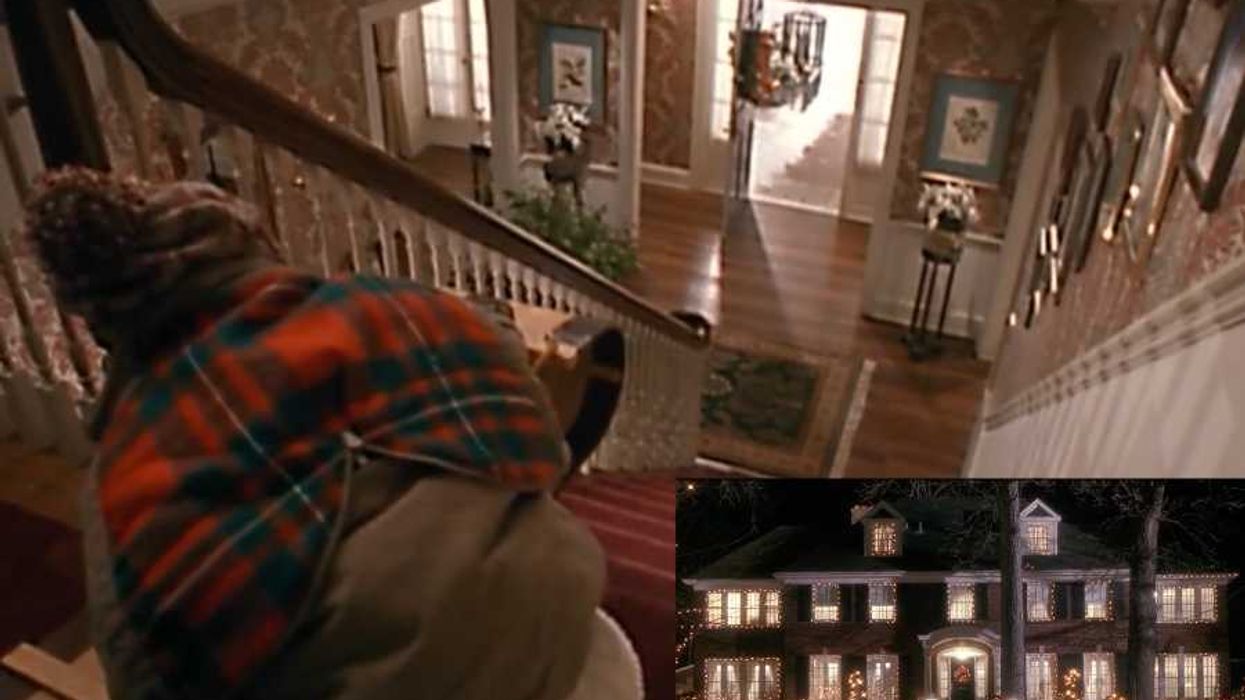

 The Emergency Department.Photo credit:
The Emergency Department.Photo credit:  Little girl with a splinter.Photo credit:
Little girl with a splinter.Photo credit:  Woman on phone after car accident.Photo credit:
Woman on phone after car accident.Photo credit: